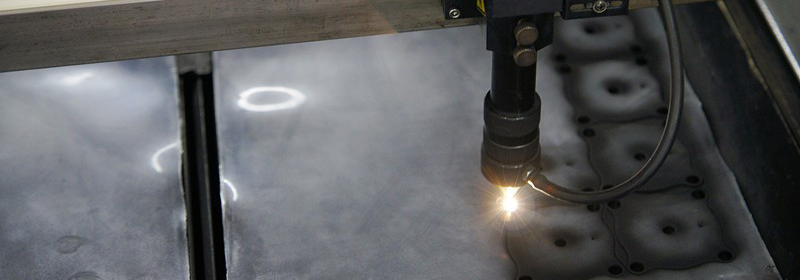Definition of Seal Ring: A ring-shaped cover consisting of one or more parts, fixed on one ring or Washer of a bearing and in contact with another ring or Washer or forming a narrow labyrinth gap to prevent leakage of media and invasion of foreign objects. In the valve seal ring, the seal ring is a circle for the cross-section of the ring, because its cross-section for the o-type, it is called the o-type seal ring.
The sealing performance of the valve is one of the most important factors of the quality and performance of the valve, and the sealing performance index is a very important factor is the valve seal ring, the valve seal ring materials have their own characteristics. Here are 13 seals and their features.
1. Synthetic Rubber
Synthetic rubber is superior to natural rubber in oil resistance, temperature resistance and corrosion resistance. Synthetic rubber rubber is used at temperatures t ≤150 °C and natural rubber t ≤60 °C Rubber for nominal pressure PN ≤1MPa import soft Seal Globe Valve, import soft Seal Gate Valve, Import Diaphragm Valve, Import Soft Seal Butterfly Valve, import check valve, pinch valve and other valves sealing.
2. Nylon
Nylon has the characteristics of low friction coefficient and good corrosion resistance. Nylon is mainly used in imported ball valves and globe valves with temperature t ≤90 °C and nominal pressure PN ≤32MPA.
3. Polytetrafluoroethylene(PTFE)
Polytetrafluoroethylene are used for inlet globe valves with temperature t ≤180 °C and nominal pressure PN ≤6.4 MPA, inlet gate valves, inlet soft seal ball valves, solenoid valves, motorised valves, air actuated valve, etc.
4. NBR
NBR seals are suitable for the industry of normal temperature and pressure. Suitable for water, oil, air. Used in temperatures below 80°C and pressures below 10 bar.

5. Fluororubber
Fluororubber has the functions of heat resistance, oxidation resistance, oil resistance, corrosion resistance and air aging resistance. Used in temperature below 120°C. Suitable for mild corrosive medium.
6. EPDM
The dominant characteristic of EPDM is its superior oxidation and ozone resistance. Suitable for sea water, steam, air, etc. Used in temperature below 150°C.
7. Cast Iron
Cast iron used for temperature t ≤100 °C, nominal pressure PN ≤1.6 MPA, gas and oil valves, globe valves, cock valves, etc. .
8. Babbit
Babbit is used for ammonia stop valves at temperatures t-70 ~ 150 °C and nominal pressures PN ≤2.5 MPA.
9. Copper
Copper Alloy commonly used materials are 6-6-3 tin bronze and 58-2-2 manganese brass and so on. Copper Alloy wear resistance, suitable for temperature t ≤200 °C, nominal pressure PN ≤1.6 MPA of water and steam, commonly used in gate valves, Globe Valves, check valves, plug valves and so on.
10. Chrome Stainless Steel
Chromium stainless steel commonly used grades 2Cr13,3CR13 conditioning treatment, good corrosion resistance. Commonly used in the temperature t ≤450 °C, nominal pressure PN ≤32MPa of water, steam and oil and other media on the valve. This is also Germany Lit’s hard seal valve Zui commonly used seal ring.
11. Chrome Nickel Titanium Stainless Steel
The common grade of cr-ni-ti stainless steel is 1Cr18Ni9ti, which has good corrosion resistance, erosion resistance and heat resistance. It is suitable for use in steam and nitric acid medium with temperature t ≤600 °C and nominal pressure PN ≤6.4 MPA. It is used in Globe Valve and ball valve etc. .
12. Nitriding Steel
The common grade of nitriding steel is 38CrMoAlA, which has good corrosion resistance and abrasion resistance after carburizing treatment. Commonly used for power station gate valves with temperature t ≤540 °C and nominal pressure PN ≤10MPA.
13. Boronizing
Boronizing by the valve body or disc body materials directly processed out of the sealing surface, and then boronizing surface treatment, sealing surface wear resistance is very good. For power plant drain valve.
Post time: Jul-28-2021




